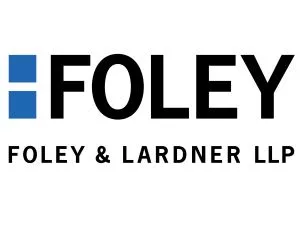- within Employment and HR topic(s)
- with Inhouse Counsel
- with readers working within the Business & Consumer Services, Technology and Media & Information industries
As in almost every area, Artificial Intelligence (AI) is rapidly changing the way that employees are recruited and hired. AI resume screening and candidate matching tools promise to make the hiring process more effective, efficient, and economical. A survey showed that 70 percent of employers plan to use AI in the hiring process by the end of 2025. However, claims of discrimination and unfairness threaten to derail, or at least slow down, AI's momentum.
In May 2025, in Mobley v. Workday, Inc, a federal court for the Northern District of California conditionally certified a nationwide class of older workers based upon the allegation that Workday's algorithmic screening tools disparately impacted older workers. In other words, the tools allegedly screened out older workers at a higher rate before a human being reviewed the candidates. The court noted that over one billion applicants may have been rejected using Workday. Very recently, the court ordered Workday to turn over its list of employer clients who used Workday's HiredScore tool to score, sort, rank, or screen candidates. The list is to be used to determine whether a person can be included in the collective lawsuit. While only Workday is thus far a defendant in Mobley, there is certainly a risk that employers will become defendants in this case or in other actions. Given the ubiquity and growth of AI, many employers are potential defendants.
Meanwhile, Americans are wary about the use of AI in hiring, and several states have proposed laws to limit or control its usage. For example, California has issued regulations effective October 1, 2025, making clear that AI bias is included within its discrimination statutes and strongly encouraging company audits. Colorado passed a sweeping law requiring transparency notices plus appeal rights for workers negatively affected by AI tools, as well as assessments and monitoring from developers of AI technology and the businesses and government entities deploying those tools. However, in August, the Colorado legislature voted to delay the effective date of the Act until June 30, 2026. Part of the motivation for the delay, and the pause on the proposed legislation in other states, is the Trump Administration's recent AI Action Plan, which includes threats to federal funding and possible preemption by the Federal Communications Commission for overly restrictive state AI laws.
The law is behind the speed of this revolutionary technology. However, employers must be aware of the risk and take steps to address it, including:
- Understanding screening technology and the criteria used
- Ensuring that human beings are the ultimate decision-makers and exercise oversight
- Requiring validation of the AI screening tools and conducting bias audits
- Closely assessing vendor contracts to include representations and warranties, as well as appropriate allocation of liability.
The content of this article is intended to provide a general guide to the subject matter. Specialist advice should be sought about your specific circumstances.


